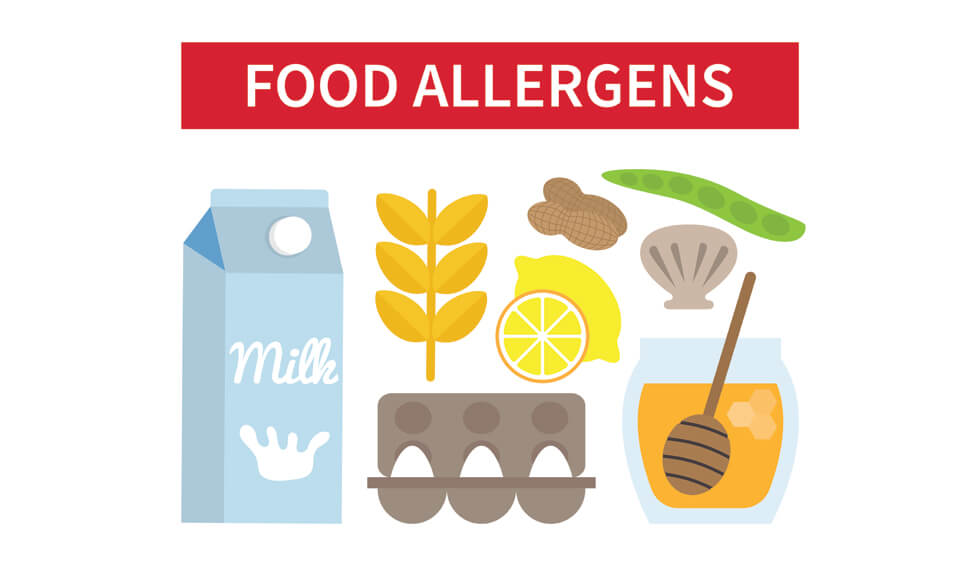
Last updated on July 30th, 2024 at 09:53 am
Food allergies affect 5 percent of children and 4 percent of adults in the U.S. The number of people with food allergies is rising without a known cause.
What is a food allergy?
In a person with a food allergy, the immune system reacts abnormally to a part of a food. Sometimes the response can be life-threatening.
What foods commonly cause an allergy?
Foods that often cause allergic reactions in adults include fish, shellfish, peanuts, and tree nuts, such as walnuts. Problem foods for children can include eggs, milk, peanuts, tree nuts, soy, and wheat.
What are symptoms?
The allergic reaction may be mild. In some cases, foods can cause a severe reaction called anaphylaxis.
Symptoms of a food allergy include:
- Itching or swelling in your mouth
- Vomiting, diarrhea, or abdominal cramps and pain
- Hives or eczema
- Tightening of the throat and trouble breathing
- Drop in blood pressure
What types of treatment are there?
Health care providers can help manage patients’ food allergies by encouraging them to avoid foods that may cause an allergic reaction and by treating severe reactions when they happen. Additionally, the National Institute of Allergy and Infectious Diseases (NIAID) is researching new ways to help treat and manage food allergies. For more information, visit the NIAID website.
Information provided by the National Institute of Allergy and Infectious Diseases (NIAID), medlineplus.gov, and the Centers for Disease Control and Prevention
